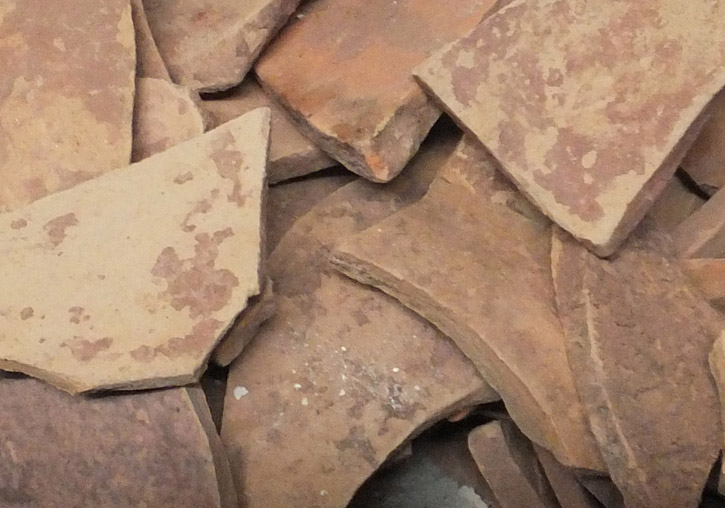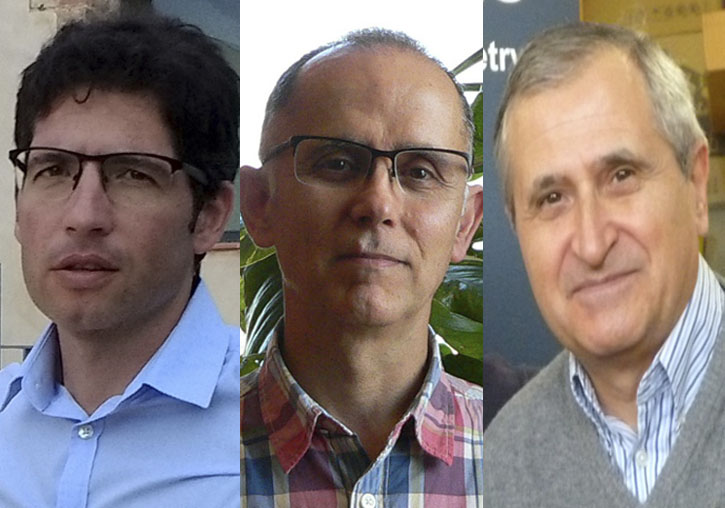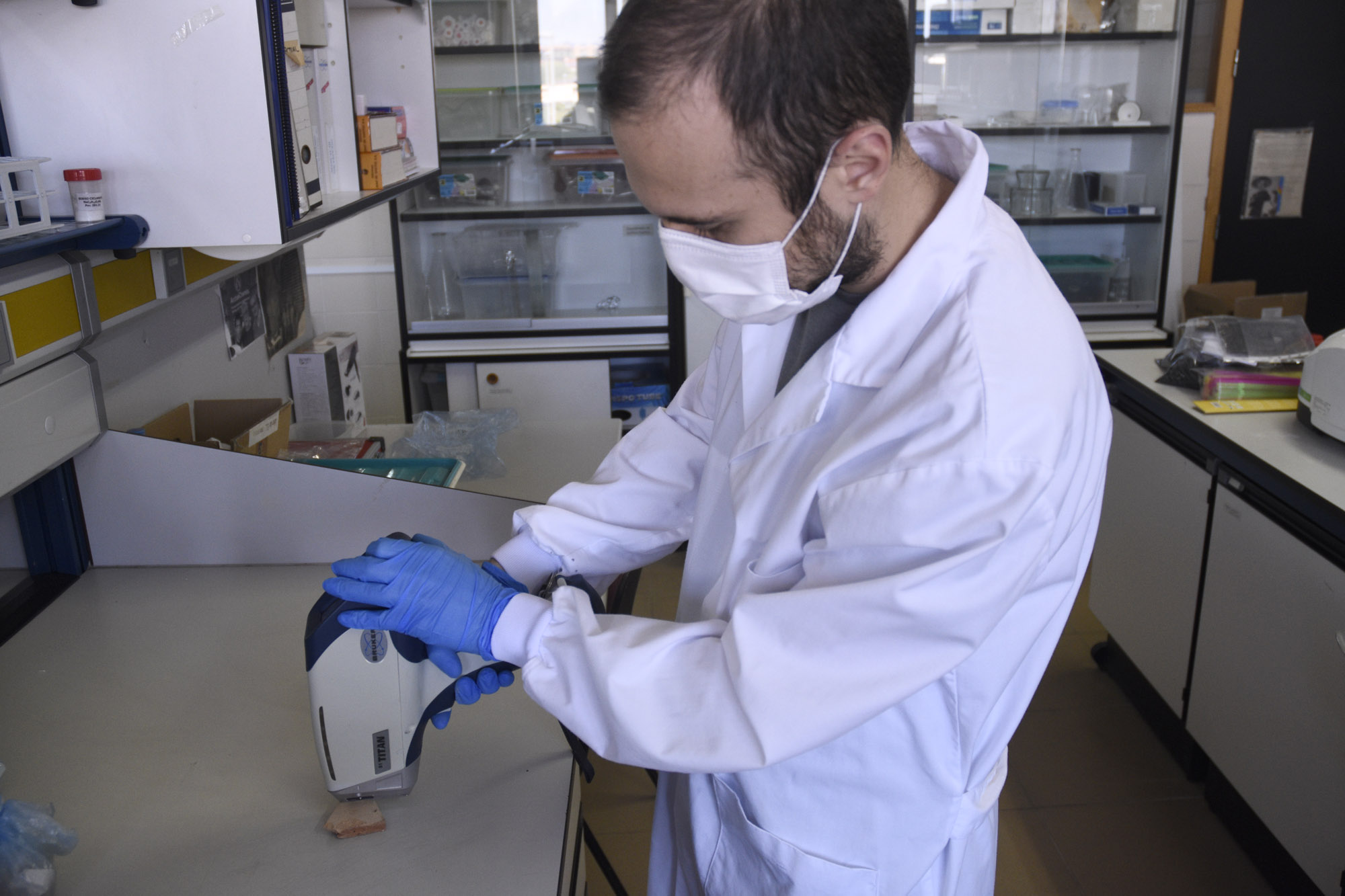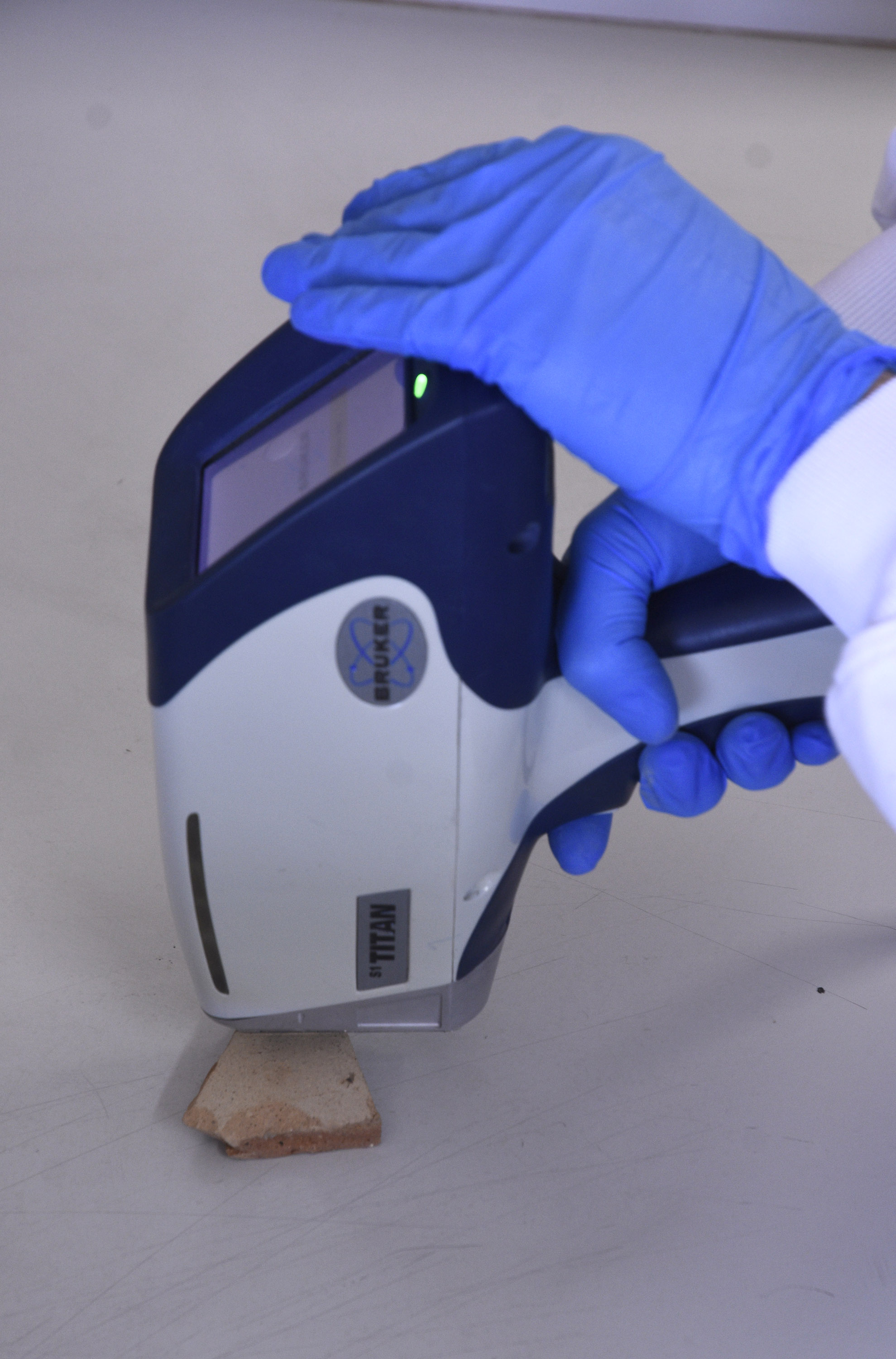
A multidisciplinary team from the University of Valencia (UV) and the Archaeological Museum of Sagunto has used a new methodology to know the origin of a ceramic set of amphorae from Sagunto and differentiate their Ibero-Roman or Punic origin. This new tool adds chemical and physical analysis to classical reconnaissance techniques and will make it easier to classify new archaeological finds.
The recognition of the various types of amphorae from the morphological point of view is usually used as a tool to know their origin and, consequently, the trade routes of antiquity. However, this methodology does not always allow to know the origin, so it has been completed with mineralogical and chemical analyses that allow to know key aspects like the process of elaboration, workshop and raw materials used in the archaeological objects.
In the analysis of various pieces from Sagunto, a commercial emporium of antiquity in contact with the rest of the Mediterranean 25 centuries ago, UV specialists from the Department of Prehistory, Archaeology and Ancient History; the Department of Analytical Chemistry; and the Institute of Materials Science (ICMUV) have combined various types of chemical and physical analyses to ascribe the fragments.
The team of specialists analysed the characteristics of 20 pieces of known origin (Iberian-Roman, Punic, Adriatic, Campania, Marseille and Tarragona) to find out about 27 other of difficult ascription. They used a set of analytical techniques that require a total of less than one gram of sample, with which the study has been minimally invasive and has allowed working on fragments of very small size.
Gianni Gallello, researcher at the Department of Prehistory, Archaeology and Ancient History and coordinator of the multidisciplinary research unit ArchaeChemis, explains that this work establishes the methodological bases to determine the type and origin of ceramic fragments that with classical classification methods are impossible to identify, a fact that constitutes one of the most important obstacles to the study of this type of materials. “These analyses help to obtain more exhaustive data in a site or study area on the exchange or trade and the manufacture of ceramic objects and what they contained”, he points out.
Clodoaldo Roldán, a researcher at the ICMUV, has combined four different key analytical techniques to identify the unknown fragments. Thus, mass spectrometry, used for the determination of organic matrices, combined with a portable X-ray equipment, which is a non-destructive technique, has made it easier to identify major chemical elements and traces of others, and determine the origin of the raw materials used.
On the other hand, near infrared and voltammetry, analytical techniques to study oxidation and reduction processes, have provided relevant information on the manufacturing process of amphorae from the spectroscopic identification of compounds related to cooking temperatures. Here it is worth highlighting the decisive contribution of two specialists from the Department of Analytical Chemistry: Salvador Garrigues for infrared analysis, and Antonio Doménech, for voltammetry.
Agustín Pastor, researcher at the Department of Analytical Chemistry, comments that in recent years the use of rare earths in archaeology has been gaining strength as they are markers of sources of raw materials. These elements have played a key role in determining the origin of the fragments.
Emilia Hernández, director of the Sagunto Archaeological Museum, which has allowed access to the fragments of the amphora collection, and Mirco Ramacciotti, ArchaeChemis predoctoral researcher, also collaborated in the investigation.
Article: Mirco Ramacciottia et al. «An innovative multi-analytical approach based on spectroscopic and electrochemical techniques to study a complex Roman amphorae collection». Applied Clay Science 198:1-13. DOI: https://doi.org/10.1016/j.clay.2020.105857
Photo caption annex:
1. (From left to right): Gianni Gallello, Clodoaldo Roldán and Agustín Pastor.
2. Analysis of an amphora fragment with a portable X-ray machine, by Mirco Ramacciotti.
Images:















